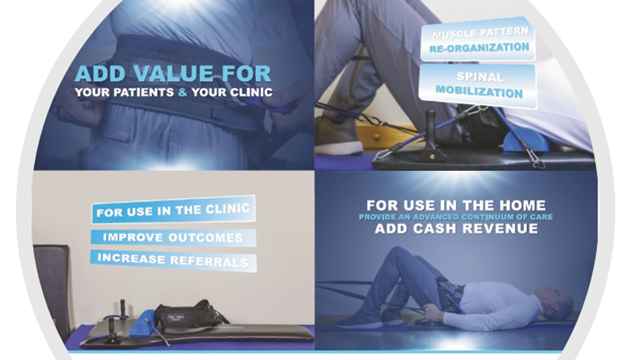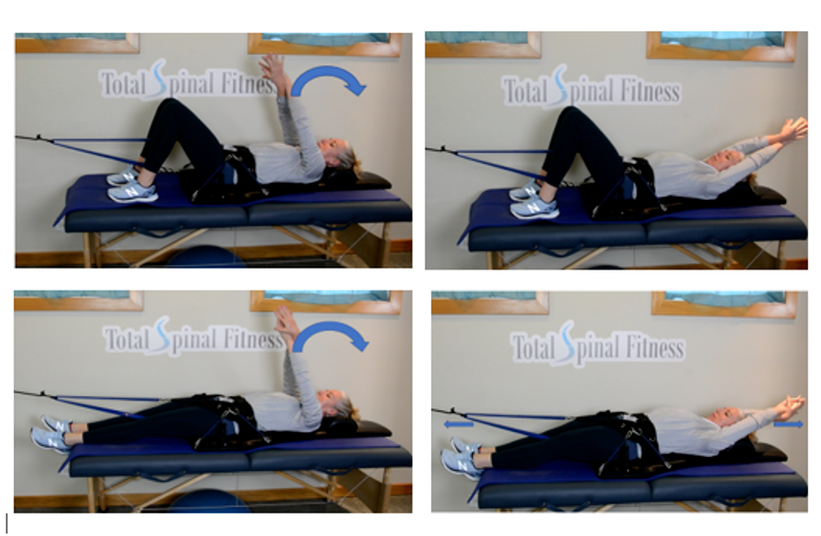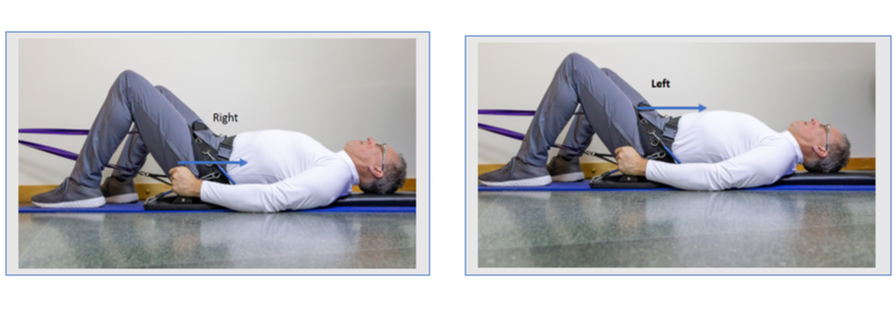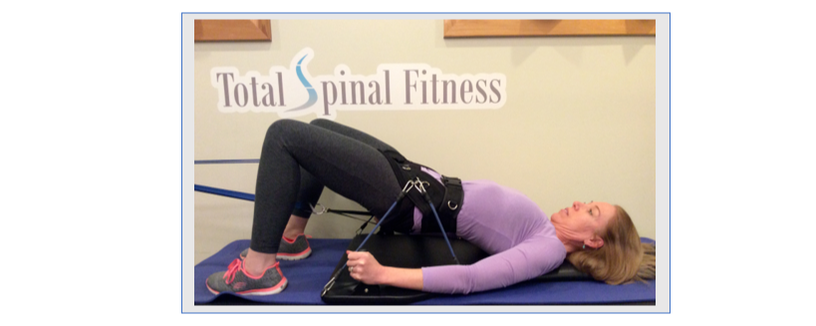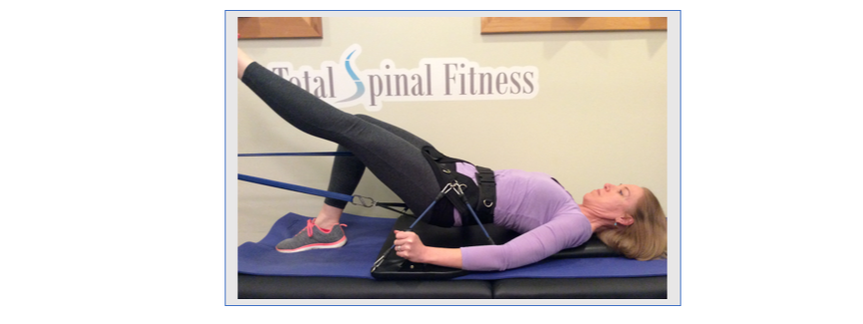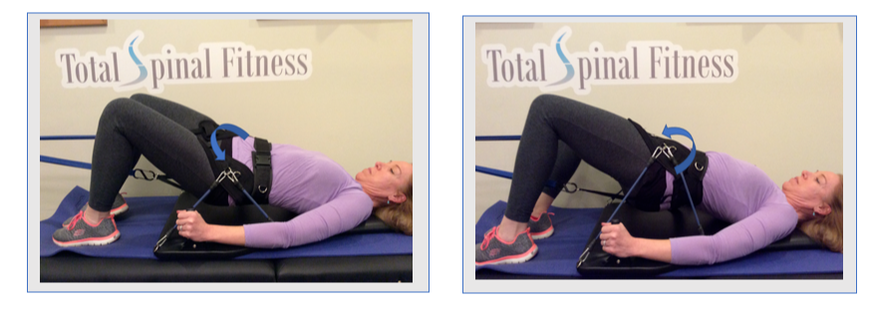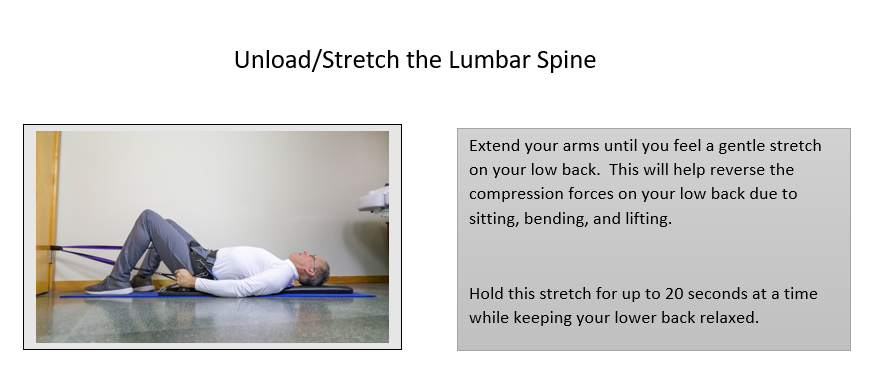Redefining Clinically Based Spinal Care.
If you have completed our seminar or home study webinars you qualify to become a clinical affiliate and purchase our core board. We have a special offer through the end of the year. For more information on this offer click the link below.


